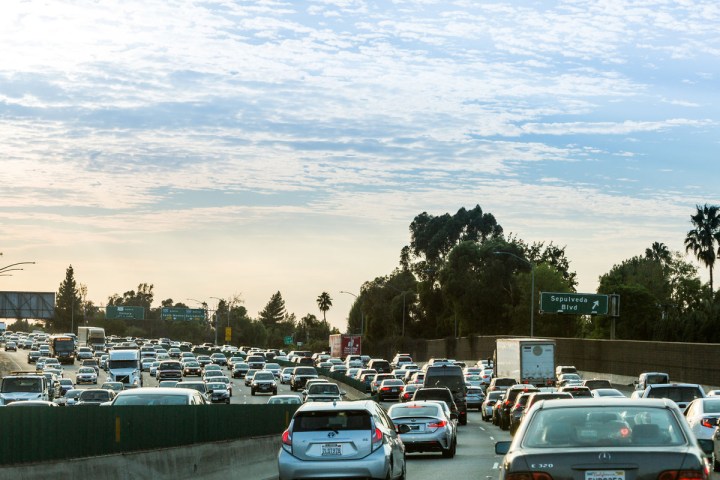
Instead of plastic, aluminum, and fine Corinthian leather, the interior of your next car could be made partially of food scraps, according to a new report. Automakers are searching for new materials to lower the environmental impact of future cars, according to Automotive News, and that search is leading researchers to the garbage pile.
Tomato skins could become an environmentally friendly alternative to the carbon black used in many rubber car parts, such as tires, hoses, and suspension bushings, reports Automotive News. Katrina Cornish, a professor at Ohio State University, first got the idea in the 1990s, when she saw a truckload of tomatoes. The tomatoes on the bottom of the pile must have had very tough skins in order to handle the weight of those on top, she reasoned.
Cornish now experiments with alternatives to traditional rubber components. She asked businesses to send garbage bags of industrial waste to her lab, according to Automotive News. Sifting through the trash, she found another potential rubber component: eggshells. When ground into a fine powder, they could work as a reinforcing agent in rubber car parts, Automotive News reports.
Ohio State researchers, along with counterparts at supplier Tenneco and “at least one major automaker,” are now testing both tomato skins and eggshells as substitutes to traditional materials for car parts. There’s no guarantee that these natural materials will ever make it into production cars, but it wouldn’t be unprecedented. Cashew husks and the oil derived from them are already used in brake pads and shoes, Automotive News noted. Ford has also experimented with bamboo and the byproduct of tequila-producing agave plants as alternatives to current plastics.
Some cars already in production feature small amounts of sustainable materials. Plant-based kenaf is used in the interior of the BMW i3 electric car, while Ford uses rice hulls and soy-based foam in some of its vehicles. Ford also uses recycled plastic bottles and recycled clothing material in certain vehicles.
Whether it’s tomato skins or old pants, sustainable materials could become more important as automakers start churning out more electric cars. Eliminating “tailpipe” emissions means the emissions related to producing a car make a larger part of its overall carbon footprint. To lessen the environmental impact of cars, automakers will need to take a more holistic view.


